AVAILABLE FALL 2025! Spicebush (Lindera benzoin)
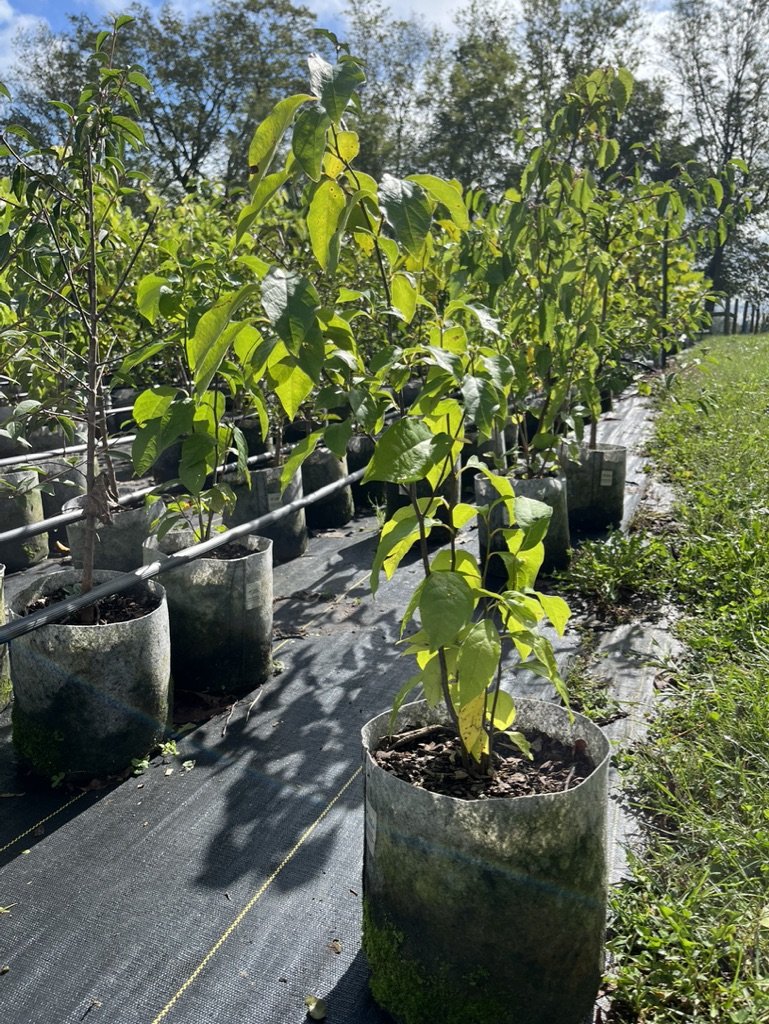
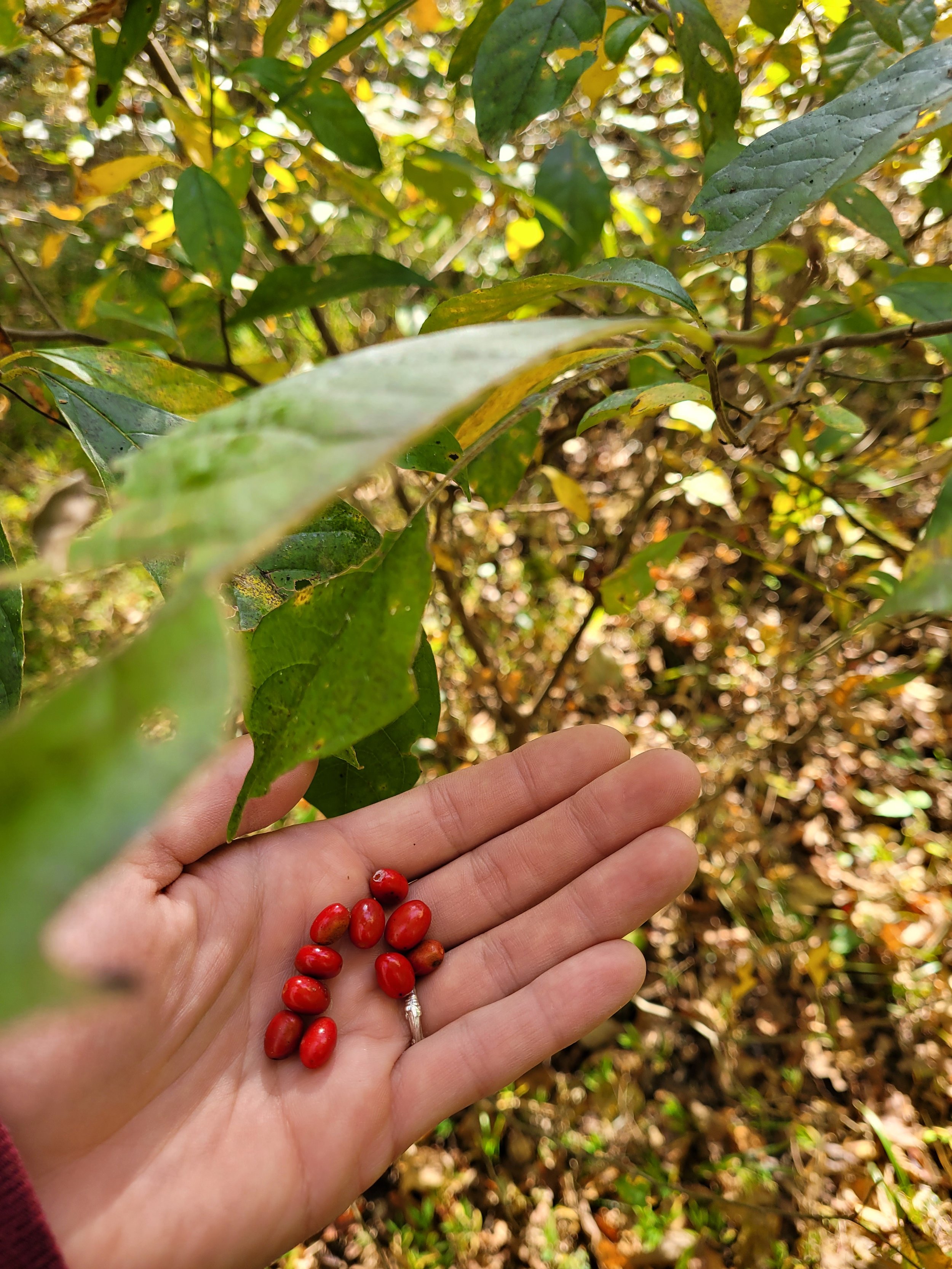
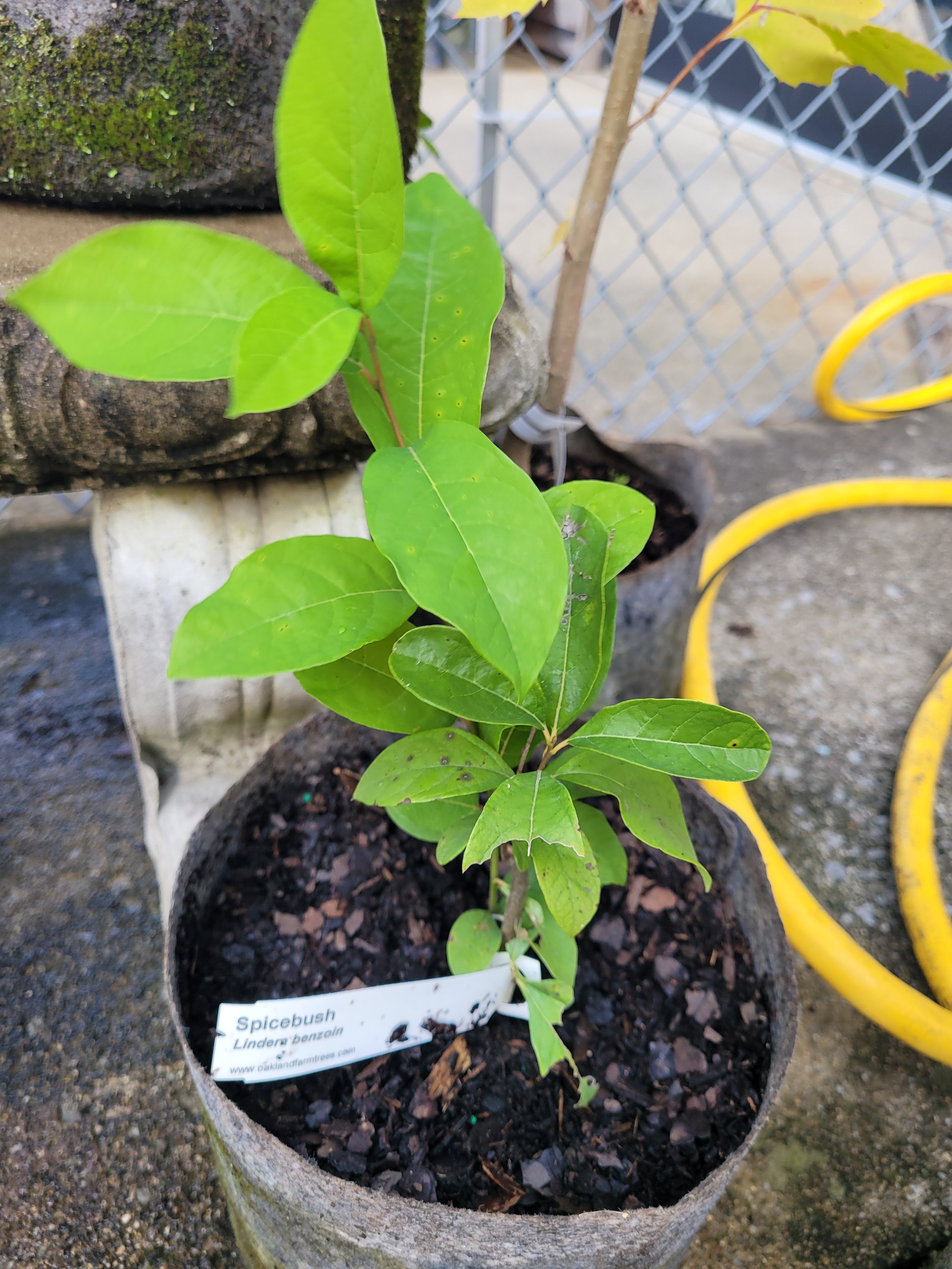
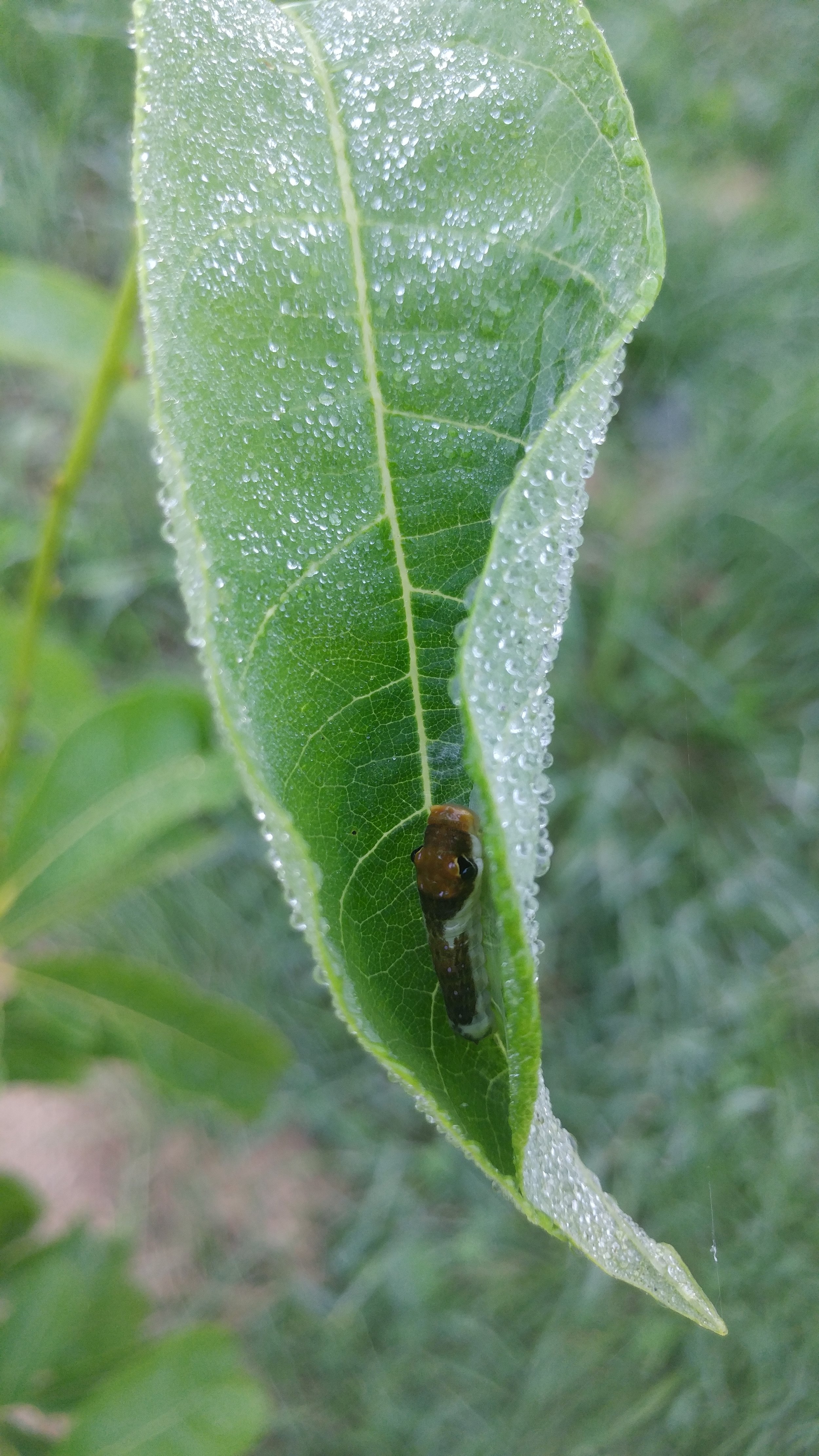
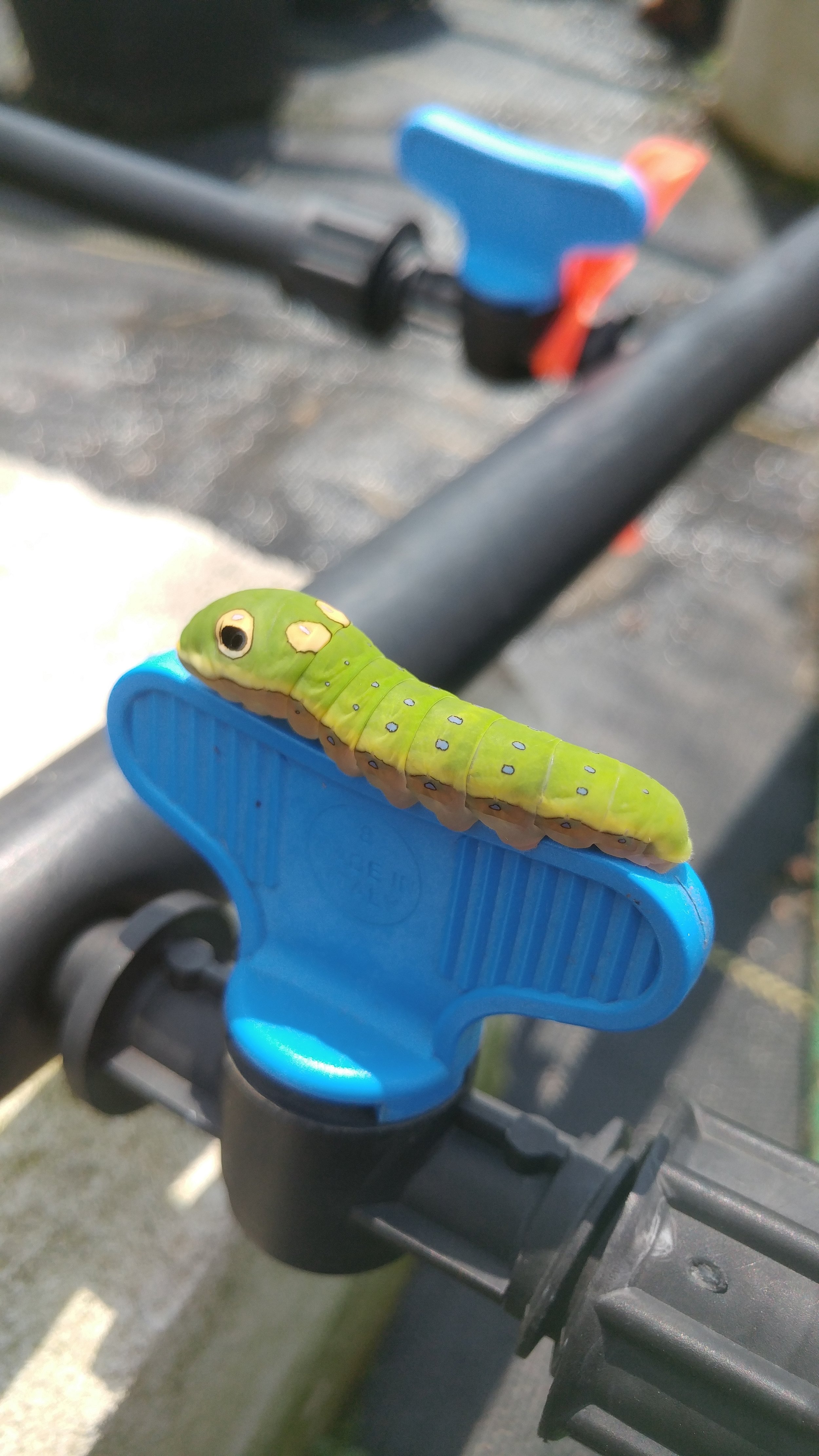
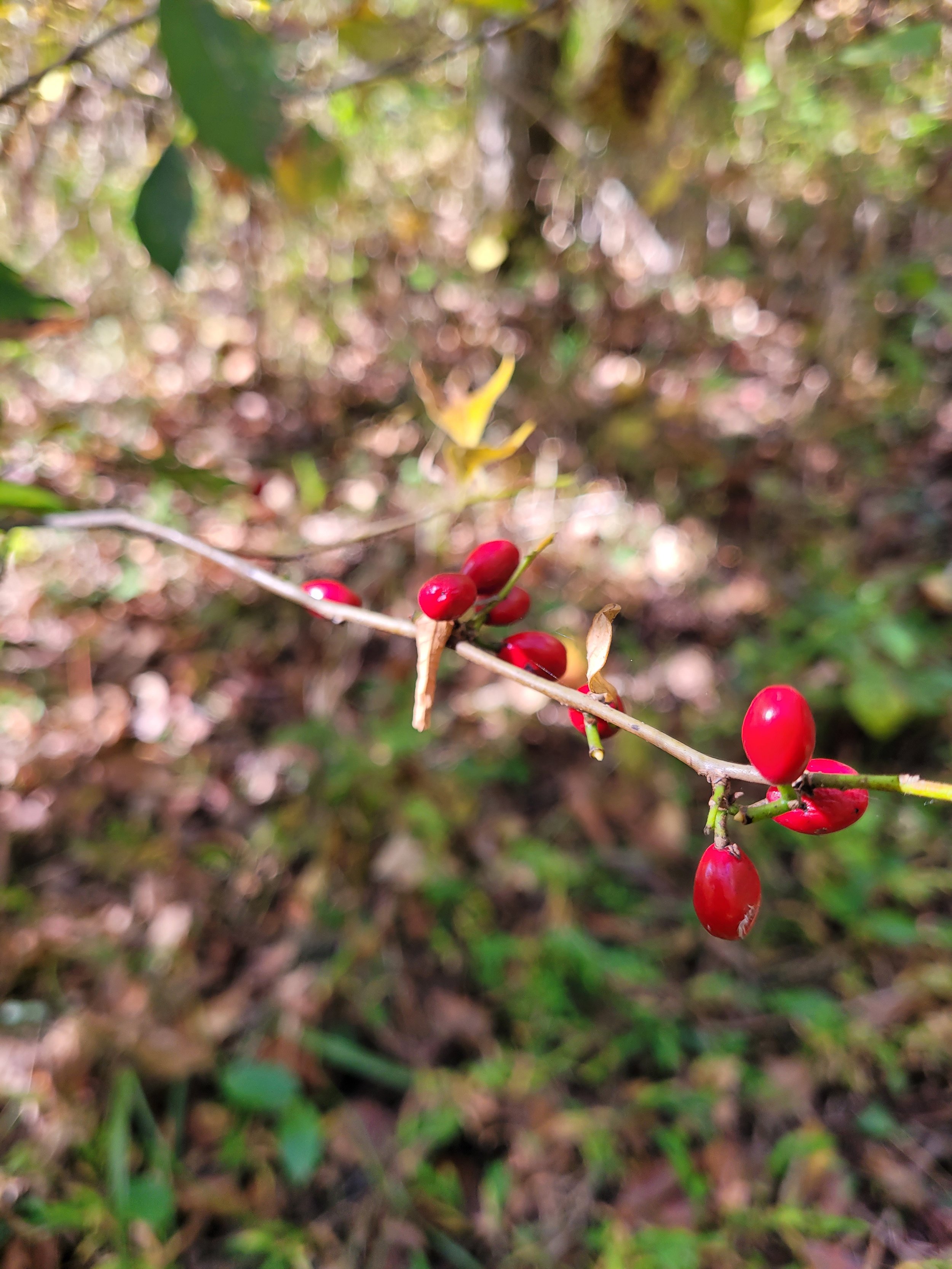
AVAILABLE FALL 2025! Spicebush (Lindera benzoin)
$20.00
Sun: part or full shade
Soil: moist, will tolerate dry periods
Growth rate: about 1-1.5 ft/year
Mature size: 6-15’ tall, 12’ spread (can be pruned to keep smaller)
Landscape use: birds and butterflies; edible landscape; unpalatable to white-tailed deer
Fruit: shiny red fruit in summer (female plants) that are a staple for migrating birds; edible for humans, berries and leaves have taste similar to allspice
Flowers: yellow flowers in early spring; one of first native shrubs to flower
Fall color: bright yellow foliage
Sustaining wildlife: host plant to Spicebush Swallowtail butterfly (pictured) and Promethea moth; staple food for native birds
Quantity: